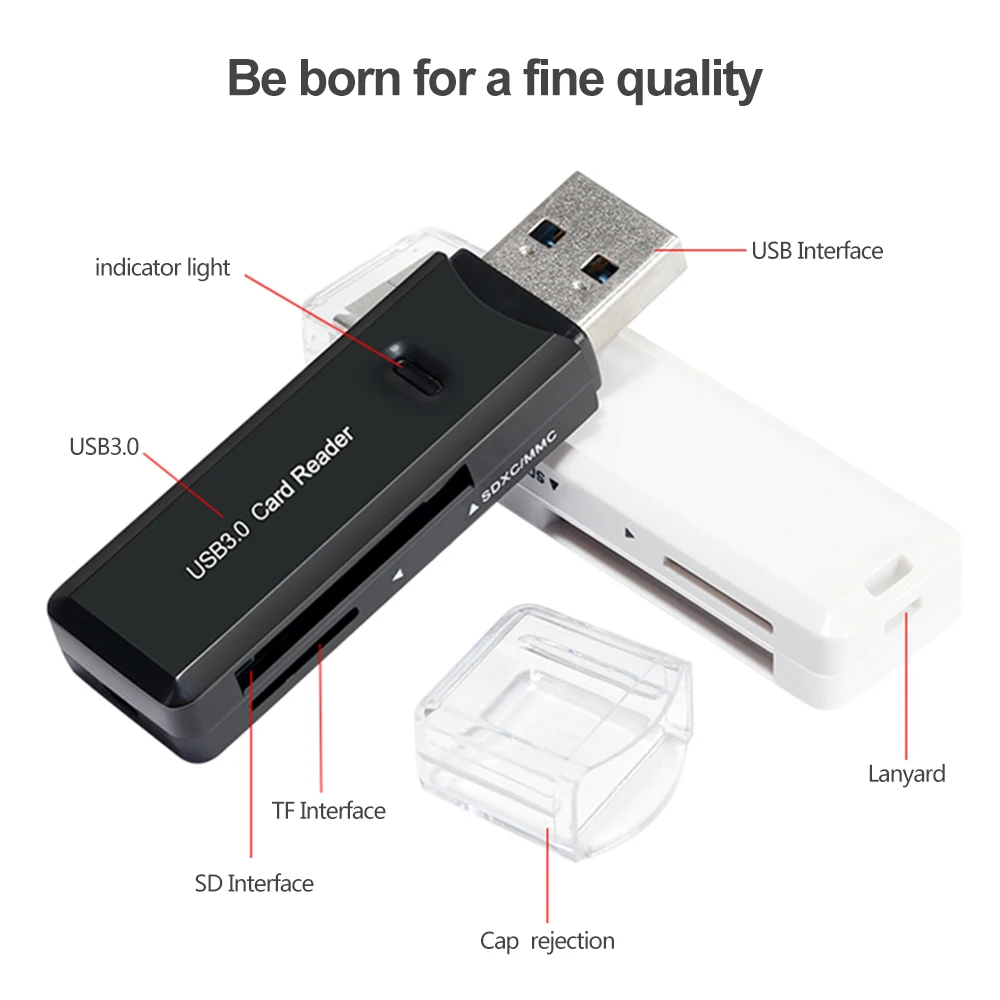

Manufacturer’s product information page (includes links to Amazon purchase pages in various countries).Inateck KT4005 4-Port USB 3.0 PCIe Expansion Card The adapters are not compatible with Apollo Twin USB when used with USB 2 motherboards. The adapter cards can only be used successfully on motherboards with built-in USB 3.In some cases, these adapter cards have enabled Apollo Twin USB to work on systems with otherwise problematic USB 3 chipsets.

Although these cards are not fully qualified, the PCIe to USB 3 adapter cards listed below have performed well with Apollo Twin USB in limited tests.Apollo Twin USB can be connected to USB 3.1 ports, however it will operate at USB 3.0 speeds when connected this way.See the Windows Setup - Required Settings article for details. For optimum performance with Apollo Twin USB, Windows must be prevented from powering off the USB ports.Important: Apollo Twin USB cannot be used with USB 2 ("Hi-Speed") or USB 1 ("Full Speed") ports.Ĭlick here for additional help identifying USB 3 ports. "SuperSpeed" or "SS" labels next to the port.USB 3 SuperSpeed ports can be identified by the following indicators: Using longer cables can have adverse effects on system performance. Connect Apollo Twin USB to the computer with a USB 3 SuperSpeed cable that is no longer than two meters in length (approximately six feet or less).This is particularly important with Apollo Twin USB's Type-B connector, where a partial insertion could cause the computer to recognize the unit as a USB 2 "Hi-Speed" device. Ensure the USB 3 cable is fully inserted at both ends.Apollo Twin USB requires a USB 3.0 SuperSpeed cable.USB 3 adapters (such as PCIe-to-USB 3 expansion cards) have not been extensively tested with Apollo Twin USB.The USB 3 port used for the Apollo Twin USB connection should be natively built into the motherboard.Connect Apollo Twin USB to an available built-in USB 3 port using the included USB 3 SuperSpeed cable.Connecting Apollo Twin USB to the computer


 0 kommentar(er)
0 kommentar(er)
